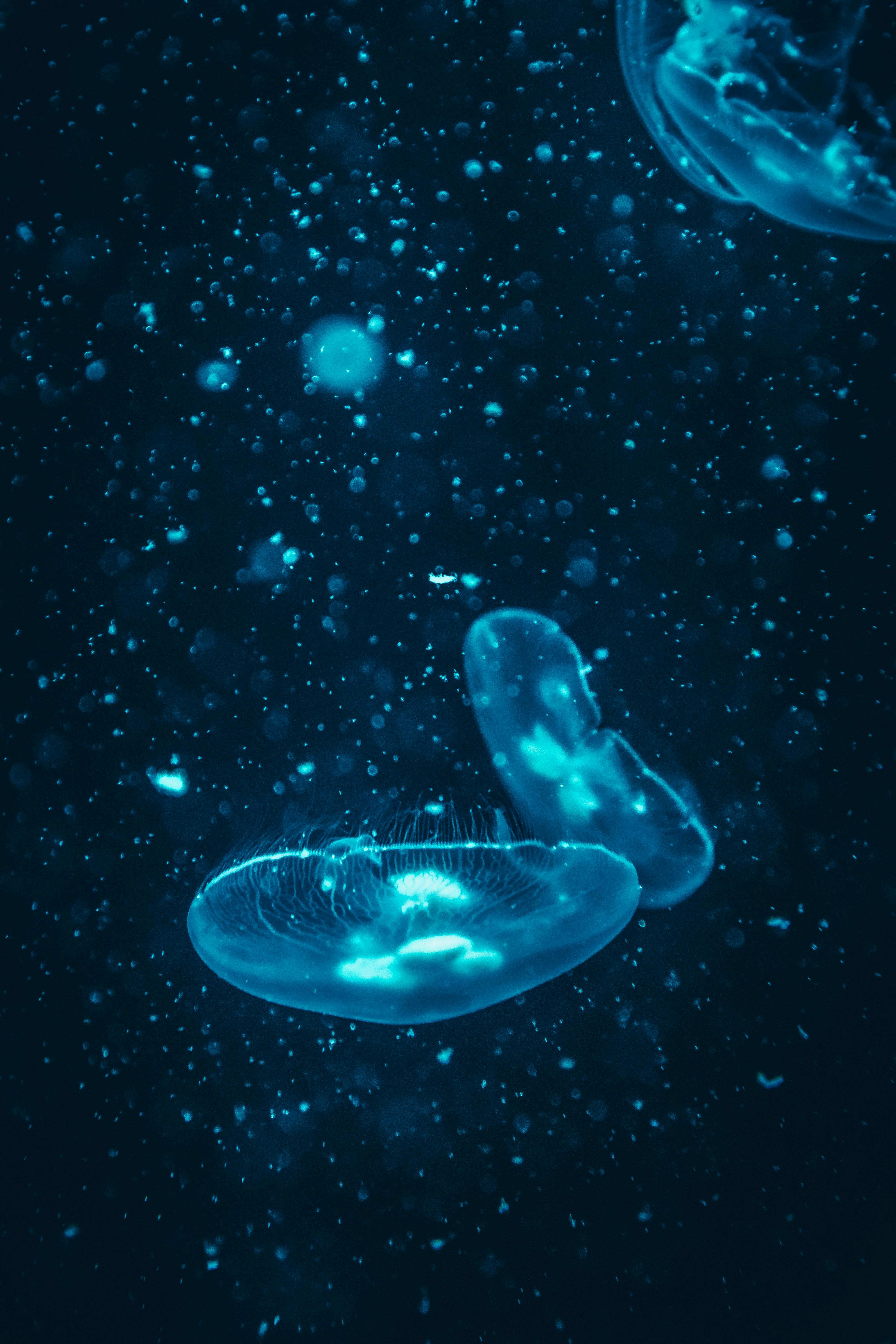
Essential Guide to Norwegian Forest Cat Diet: Optimize for Health in 2025
As pet owners, it's our responsibility to ensure our furry companions enjoy a balanced and nutritious diet that caters to their unique needs. The Norwegian Forest Cat, with its majestic appearance and playful personality, requires a carefully considered diet to support its health and wellbeing. Understanding the dietary needs of this breed is crucial to keeping them happy and vibrant.
This guide will delve into the essential aspects of the Norwegian Forest Cat diet, exploring sources of nutrition, feeding schedules, and the best options available. We'll cover everything from high-quality commercial foods to homemade meal ideas, ensuring you have all the tools to optimize your cat's health in the coming year and beyond.
Whether you're feeding a kitten, an adult, or a senior Norwegian Forest Cat, knowing their specific dietary requirements is vital for managing health issues, preventing obesity, and providing treats. You'll also find valuable insights into common cat food allergies, hydration needs, and the importance of protein, vitamins, and minerals in their diet.
By the end of this article, you'll be equipped with the knowledge to create a tailored feeding plan based on the Norwegian Forest Cat's life stages, while enjoying some delicious treats along the way. Let’s embark on this informative journey to foster healthier eating habits and happier lives for our feline friends!
Understanding Norwegian Forest Cat Dietary Needs
Building on these fundamentals, understanding the specific dietary needs of the Norwegian Forest Cat is essential for their overall health. This breed, known for its robust physique and thick coat, has unique requirements that differ from those of other cat breeds.
Protein Requirements of Norwegian Forest Cats
Norwegian Forest Cats have high protein needs due to their active lifestyles. A quality diet should consist of a significant portion of protein derived from real meat sources. The protein helps support their muscle development and overall energy levels, making it essential for their active nature.
When selecting food, look for products where meat is the first ingredient. Common protein sources for Norwegian Forest Cats include chicken, turkey, and fish. It's also important to understand that this breed thrives on protein-rich diets, potentially requiring at least 30% protein content in their daily food intake.
Essential Vitamins and Minerals
A balanced diet should also include essential vitamins and minerals crucial for maintaining health in Norwegian Forest Cats. Vitamin A, for instance, supports vision and immune function, while B vitamins contribute to energy metabolism. Additionally, essential minerals like calcium and phosphorus are vital for maintaining strong bones and teeth.
When choosing food, pay attention to the nutritional labels and ensure it meets the minimum required vitamins and minerals set by pet food regulations, as they are crucial for a Norwegian Forest Cat's long-term health.
Caloric Intake for Different Life Stages
The caloric intake of a Norwegian Forest Cat varies significantly with age. Kittens require more calories to support their rapid growth, while adult cats need a controlled intake to maintain an ideal weight. Senior cats may benefit from diets lower in calories to prevent obesity, which is common in older felines.
For kittens, aim for a high-calorie diet, while adults should consume meals that provide energy without excess fats. Regularly monitoring body condition and weight will help you adjust portion sizes as needed while providing a balanced diet for life stages.
Wet vs. Dry Food Considerations
Choosing between wet and dry food can be confusing for pet owners. Both types have their merits, and understanding their benefits can help you make an informed decision. Wet food can provide additional hydration, which is essential for cats, while dry food can be beneficial for dental health through the crunching action.
For Norwegian Forest Cats, a combination of both types can satisfy their preferences while meeting their dietary needs. It’s important to ensure that the chosen foods are grain-free and high in quality to cater to their digestive health.
Hydration Needs and Tips
Hydration is a critical aspect of a Norwegian Forest Cat’s diet. Cats are generally not avid drinkers, and many get enough moisture from wet food. However, ensuring your cat has access to fresh, clean water at all times is crucial. Incorporating water fountains can encourage cats to drink more.
A hydrated cat is less likely to experience urinary issues, a common concern in feline health. Regular vet check-ups will help determine if your cat's hydration levels are sufficient and if their diet requires adjustments.
Choosing the Best Foods for Norwegian Forest Cats
With these basics established, let's dive into the types of foods available for your Norwegian Forest Cat and how to choose the best options for their health. Knowing how to select quality products is essential for your cat's nutrition and longevity.
Commercial Food Options
When browsing the market for commercial food for Norwegian Forest Cats, look for reputable brands that prioritize high-quality, natural ingredients. Opt for formulas specifically designed for cats, ensuring they meet the breed's unique nutritional needs.
Check for food options that are high in protein and free from fillers like corn and soy. Grain-free cat food choices are popular among many pet owners, as they are formulated to mimic the natural diet cats would seek in the wild.
Homemade Food Recipes
For those interested in preparing meals at home, various recipes cater to the dietary needs of Norwegian Forest Cats. A balanced homemade diet can include cooked lean meats, vegetables, and supplements that provide the necessary vitamins and minerals.
Popular homemade options include chicken and rice mixtures or fish with sweet potatoes. Always consult with your veterinarian before making significant dietary changes to ensure nutritional adequacy.
Dietary Supplements for Norwegian Forest Cats
In certain cases, dietary supplements can enhance your Norwegian Forest Cat's nutrition. Omega-3 fatty acids, for instance, support skin and coat health, while probiotics can improve digestive health. Speak with a vet about suitable supplements that align with your cat's dietary needs.
Monitoring your pet’s response to supplements is essential to ensure there are no adverse reactions. A balance of natural food and appropriate supplemental nutrients can lead to significant improvements in their health and wellbeing.
Treats and Snacks
Treats can be great for training and bond-building but should be given in moderation. Look for high-protein, low-carb options that align with the Norwegian Forest Cat's dietary needs to avoid excess calories.
Homemade treats, made from the same high-quality ingredients as their meals, can also be a delightful addition. Remember that treats should not exceed 10% of their daily calorie intake to maintain weight and health.
Feeding Schedule and Portion Control
Establishing a regular feeding schedule is key for Norwegian Forest Cats, aiding in digestion and weight management. Typically, two meals per day work well for adults, while kittens may need up to four meals to accommodate their growth needs.
Monitoring portion sizes is crucial to avoid overeating, which can lead to obesity, a common health concern. Each cat's metabolism differs, so adjusting portions based on their activity level and weight is essential.

Addressing Common Health Issues Related to Diet
This naturally leads us to discussing how diet can impact a Norwegian Forest Cat's health. There are several common concerns pet owners should be aware of that can often be managed through diet.
Preventing Obesity
Obesity is a prevalent issue in many cat breeds, including Norwegian Forest Cats. Excess weight can lead to severe health conditions, such as diabetes and joint problems. To prevent obesity, it’s important to monitor calorie intake and ensure regular exercise.
Offering a balanced diet and engaging in playtime activities can help maintain a healthy weight. Additionally, regular veterinary check-ups will provide further insights on maintaining optimal weight.
Managing Food Allergies
Food allergies and intolerances can manifest in various ways, including gastrointestinal issues and skin problems. If you suspect your Norwegian Forest Cat has food sensitivities, a diet elimination trial under a vet's guidance may be necessary to identify problematic ingredients.
Selecting high-quality foods and avoiding common allergens such as grains may benefit cats with food allergies. Always introduce any dietary changes gradually to monitor their effects closely.
Understanding Dietary Changes with Age
As Norwegian Forest Cats age, their nutritional needs will shift. Seniors may require lower-calorie diets and increased fiber content to facilitate easier digestion. Adjusting the diet with an increase in vitamins and minerals that support joint health and overall well-being is essential.
Consulting with your veterinarian about the best diet for senior cats is necessary to address their changing needs adequately.
Common Health Issues and Their Connection to Diet
Many common health conditions can be mitigated through careful dietary management. Conditions such as urinary issues, diabetes, and kidney disease often have a direct correlation to diet.
By prioritizing hydration, quality ingredients, and balanced nutrition, you can significantly reduce the likelihood of these health issues developing, ensuring a longer, happier life for your Norwegian Forest Cat.
Holistic Approaches to Nutrition
Integrating holistic practices into your cat’s diet can provide additional benefits. This might include selecting organic ingredients, avoiding artificial additives, and considering the overall lifestyle of your Norwegian Forest Cat.
Maintaining a holistic approach can enhance your pet’s wellbeing by addressing emotional needs through routine feeding practices, engaging playtime, and even interactive feeding puzzles that challenge their cognitive skills.

Conclusions and Final Thoughts on Feeding Norwegian Forest Cats
In conclusion, providing a well-rounded diet for your Norwegian Forest Cat is fundamental to ensuring their health and longevity. From understanding their specific dietary requirements to choosing the right foods, effective feeding practices contribute positively to their wellbeing.
Being mindful of the nutritional components—high-quality proteins, essential vitamins, and hydration needs—is paramount. Furthermore, recognizing the importance of portion control and meal timing will not only optimize their health but also foster a harmonious home environment.
Remember to collaborate with your veterinarian to build a comprehensive dietary plan tailored to your cat's specific life stage and health condition. This proactive approach will ensure your Norwegian Forest Cat thrives, allowing them to enjoy life to the fullest as a cherished member of your family.
For further reading on cat care, consider visiting this resource for comprehensive tips on nutrition and health.